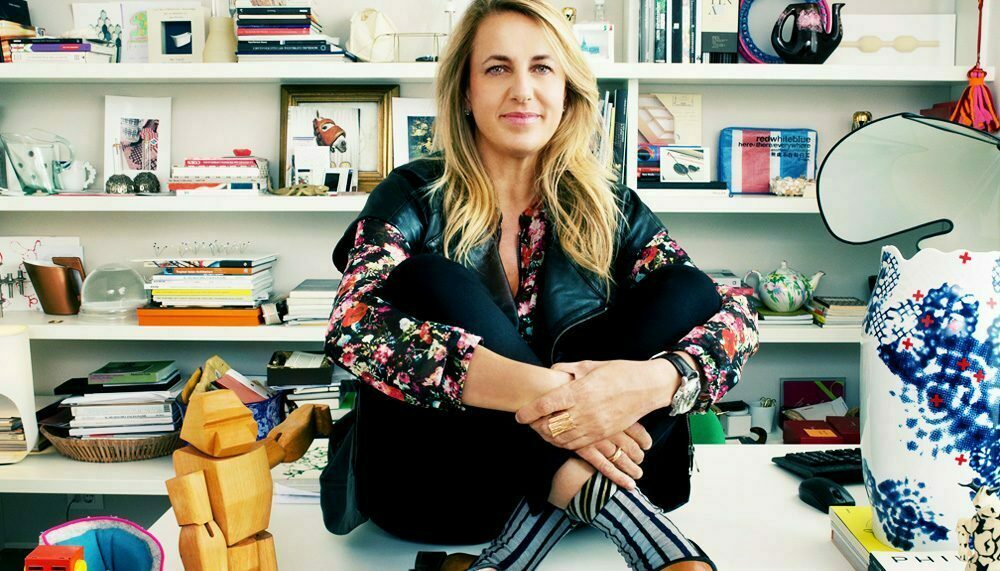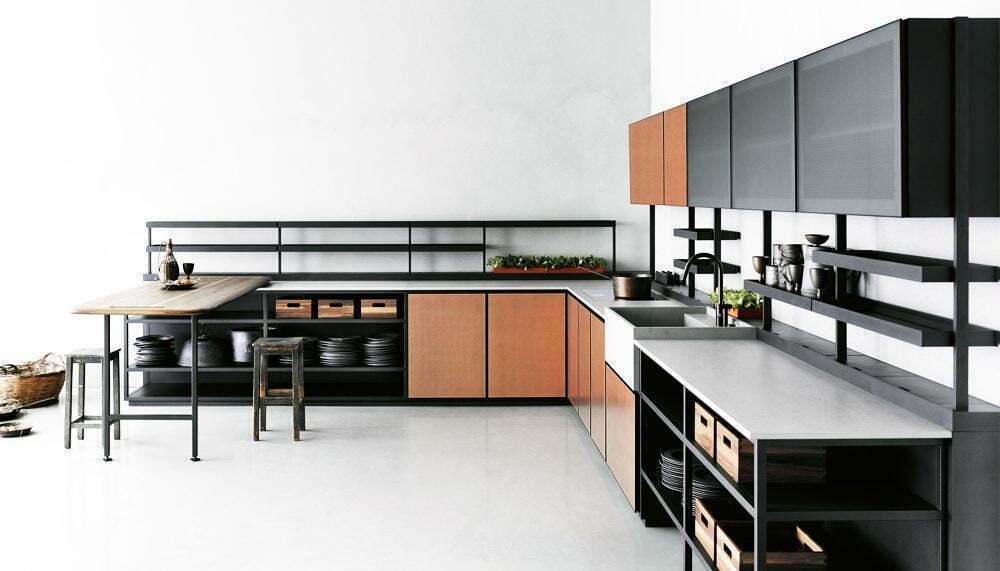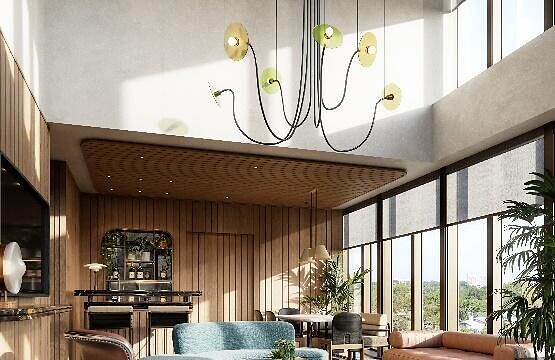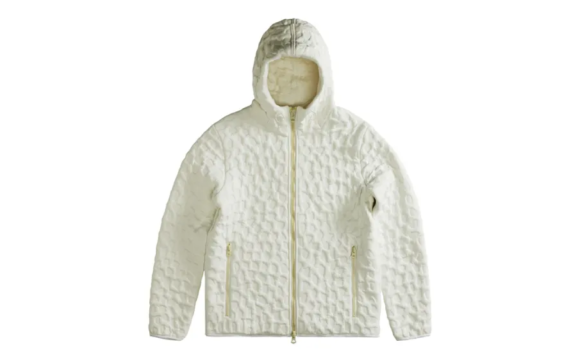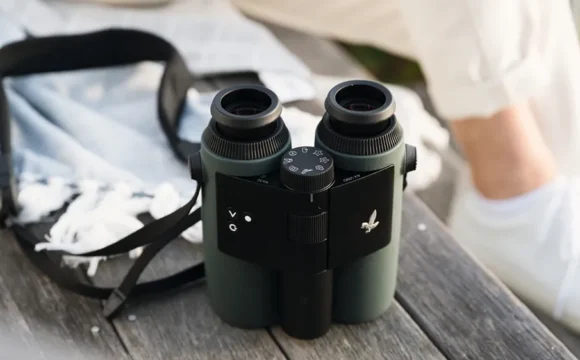Patricia Urquiola brings her childhood curiosity into design
Patricia Urquiola speaks in a heavily accented blend of English, Italian and her native Spanish, as she gives a lightning tour of Salinas, her first kitchen design for the Italian manufacturer Boffi. It has what seems to be a giant cutting board, which slides out to create a breakfast table. And, accepting the mores of modern living perhaps, a popup TV to watch while you enjoy your cornflakes. It is, supposedly, a more feminine kitchen design. It is impressive.
Urquiola is arguably the most important architect cum interior and furniture designer of her generation, her work collected by museums and feted with prizes, most recently last year’s EDIDA and Wallpaper Design awards for that very kitchen. Her output is prodigious, perhaps in a bid to catch up: the 54-year-old only established her own studio some 15 years ago. “Well, as a woman with a young daughter then, I wasn’t sure I wanted to be in the front line," she says, “And I think a lot of women worry about that." Indeed, like Adrian Joffe to Comme des Garcons’ Rei Kawakubo, Urquiola has her husband Alberto Zontone to run the business side of the operation. “That’s such a relief," she concedes, “He comes from the land of economics and is one reason why I can take on so many projects."
The diversity of these is far-reaching: from rugs to spas, chairs to hotels, shops to villas, glassware to sofas, for the likes of Driade and Moroso, Hermes, Ferragamo, Alessi and BMW, Kartell and Ruinart, Panasonic, Mandarin Oriental and Flos. But they have a uniting ethos: the marriage of craft and industrial processes, of colour, playfulness and functionality.
She now picks her projects now on the basis of the relationship she has with the client, since she sees this two-way catalyst as key to the success of producing good work. “We’re not making a little thing for a gallery, after all," she says. “‘Maybe it’s Latin but it’s certainly in my character to say ‘no’ a lot. But that means ‘come with me, let’s work on it’. And if you don’t then it really is a no,’" she says, laughing. And it’s wonderful when the connection happens: “Glass for me was an architectural material, or a vase from Baccarat. But in furniture, I wasn’t sure," she says. “But then you’re exposed to it and get introduced to a new sensibility and suddenly you love glass. I love to break a prejudice, including my own. Like artists, to move forward you have to get out of your comfort zone."
Remarkably, Salinas is the first of Boffi’s kitchens to have been designed by a woman, somewhat at odds with the fact that in most households it’s still typically the woman who does the cooking. “(Design is) an industrial world, so there are a lot of men, a lot of managers making decisions and feeling perhaps they need a man to front a project to give it credibility," she suggests.
“But I don’t want to think about the prejudice and never have. Women have a life of rather more roads and if you take one rather than another, you don’t want to look back later and understand that you had something and lost it – c’mon, let it blossom. And I think society understands that it’s more and more feminine in some ways, more democratic."
Certainly one of her earliest memories of having an interest in design came from her mother – a progressive with an alternative mindset, who one day went to Barcelona and came home with a modernist dollhouse, “with a flat roof, terraces, floating stairs, in pea green", Urquiola recalls. “It was fantastic." And now she sees her own headstrong independence in her daughters. “I’m curious," she says, “But when you’re young you’re experimental. You get the delicious disasters and lame ideas, as David Byrne puts it, but you have to enjoy the process and all the problems."
In Milan, where she is based, she worked alongside design legends such as Vico Magistretti, Achille Castiglioni and Piero Lissoni. Her mentors left her with a distinctive approach. While she concedes that in order to design a chair, for example, you need to know the basics of the structural form, she says it’s more important to know how society at large is shifting, what people need now, than to have an encyclopaedic knowledge of every chair. “You need to have a critical attitude and a connection to the culture – that’s what feeds into a project," Urquiola says. “A project is a response to your experience, your emotional memory – that’s what matters. As Magritte puts it, a pipe is not a pipe. And a chair is not just a chair."

